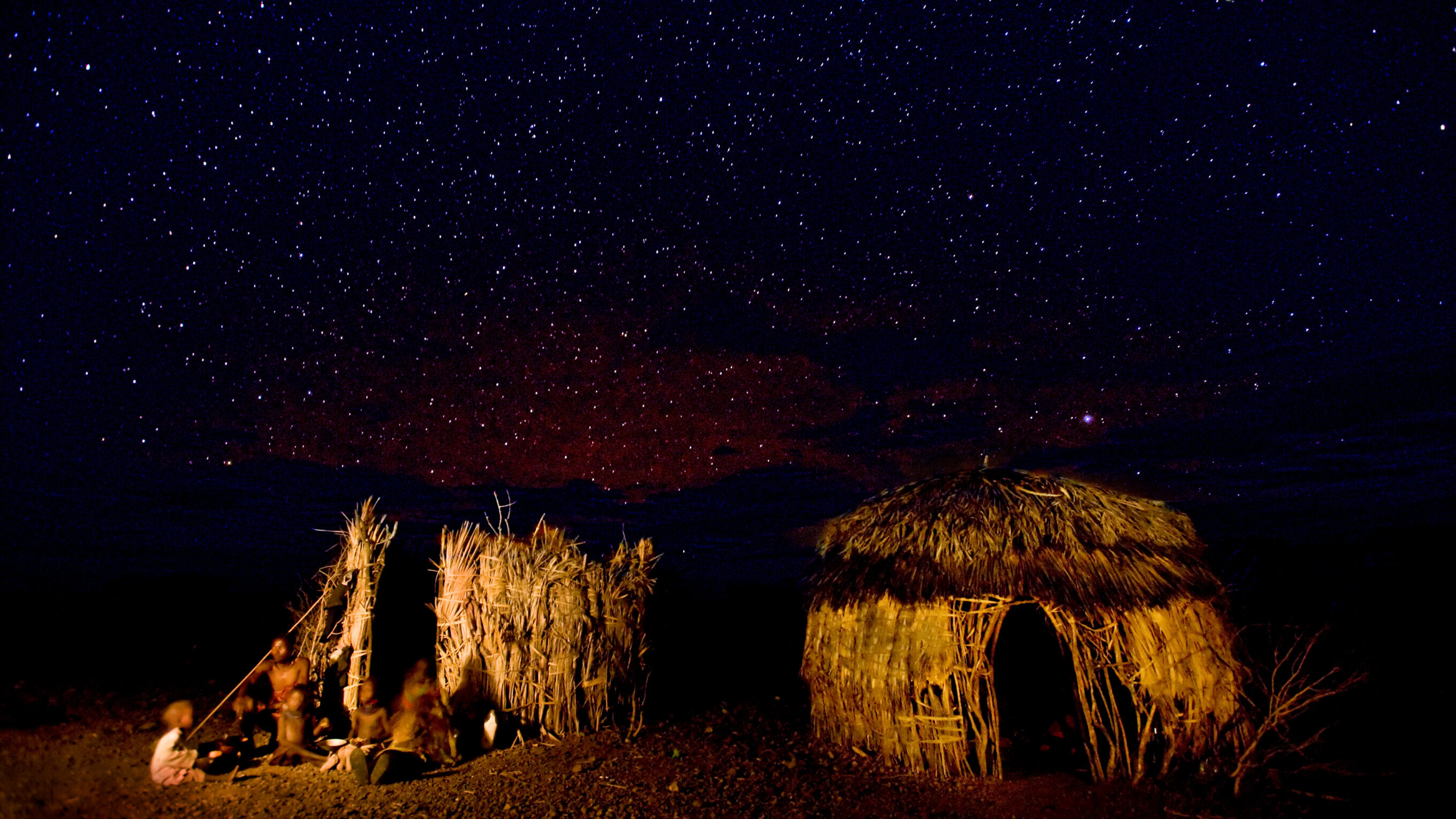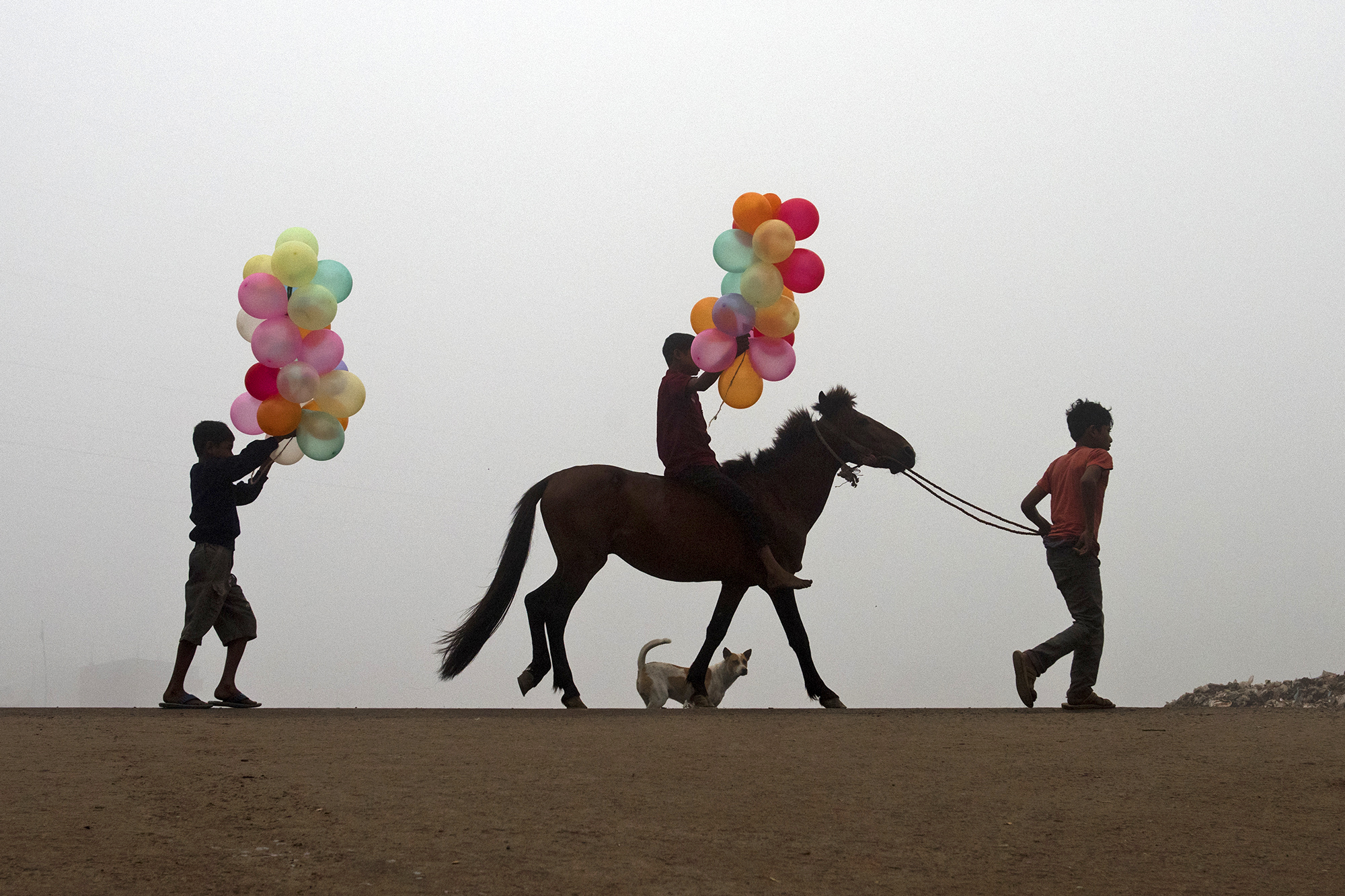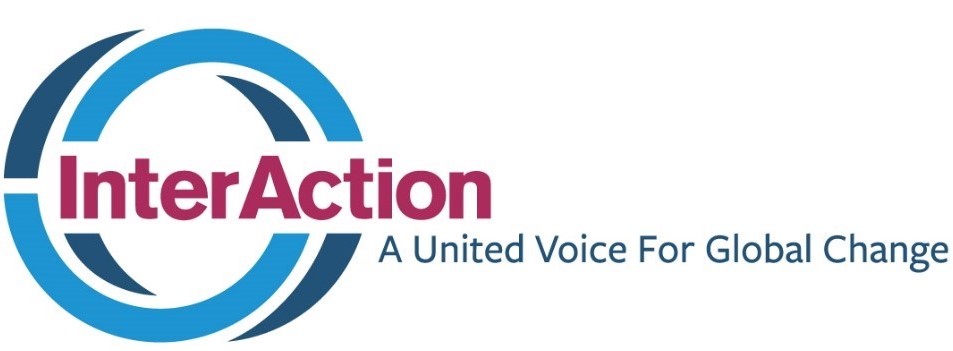Attention, all protection enthusiasts (You too, gender-based violence; child protection; mine action; and housing, land, & property experts)!
For the first time, InterAction is pleased to invite members of our broad community to participate in a contest to collect examples of results-based approaches to protection in practice! The contest opens on September 15 and closes on December 15, 2020. Winners and prizes will be announced on InterAction’s RBP website on January 22, 2021.
InterAction’s work on Results-Based Protection (RBP) started in 2012 and has spanned the globe, involving NGOs, national and local civil society, the U.N., and donors all working to strengthen how we achieve protection outcomes in humanitarian crises. These actors include staff working at all levels of humanitarian action, including those at the country, regional, and global levels.
We’re always looking for ways that staff incorporate results-based approaches into their work to address protection risks in situations of humanitarian crisis—regardless of whether you call it Results-Based Protection! This helps us learn, build our evidence base, and share good practice with others.
What is Results-Based Protection?
Results-Based Protection is a problem-solving approach to reduce risk and protect people in humanitarian crises. It involves targeting interventions on specific risk factors to mitigate threats, reduce people’s vulnerability to those threats, and increase capacities to combat them.
For crisis-affected people to be safer, respected, and protected, humanitarian actors must work to reduce the risks people face. In consultation with numerous practitioners, protection specialists, and other actors, InterAction has identified three key elements of results-based protection:

This is a contest—so what’s the prize?
The top three examples received will be featured prominently and widely shared and promoted as “RBP Good Practice” in InterAction’s forthcoming publication: a booklet of documented case studies illustrating RBP in practice.
The top three examples will also receive InterAction’s “RBP Good Practice” award, will be featured on InterAction’s website, and will be widely disseminated among NGOs, donors, and other actors around the world. Read: great publicity for your organization and work!
In addition, select submissions may be invited to share their example during a public webinar or peer exchange session, receive individualized and tailored support from InterAction’s team (can be in the form of coaching, proposal writing assistance, or other), and be invited to partake in InterAction’s tailored workshops and events.
Who can submit an example?
The contest is open to current or former NGO staff from local, national, and international organizations (field staff, regional, or H.Q.); peacebuilders; human rights actors; U.N. actors; donors; academics and other experts; and others involved in protection work in situations of humanitarian crises. You may also submit (e.g., “nominate”) an example from another organization—particularly national or local partners—to share their good practice.
What sort of examples are you looking for?
How have you embraced the key elements of Results-Based Protection in your work to address a protection issue in a humanitarian crisis?
It may be a useful tool, method, framework, approach, project/program, strategy, experience, aspect of organizational culture, funding mechanism—any ways of working—as long as it is in line with Results-Based Protection and supported the achievement of results (e.g., intermediate changes in attitude, knowledge, behavior, practice, or policy) and, ultimately, a protection outcome of reduced risk.
Think: different methods and tools that allow us to be flexible and iterative and work with protection outcomes in mind, ways of working that support continuous, context-specific protection analyses, or efforts to bring together multi-disciplinary actors to solve challenging protection issues.
For example, maybe you have worked on—or are aware of—a creative method to engage communities that helps us understand community strategies to protect themselves. In using these methods, how did this help you better design your program and achieve results for protection?
Perhaps you’ve seen programs that bring together diverse actors such as peacebuilders or development actors alongside humanitarian actors to work collaboratively to address a protection issue. What worked that enabled this effective collaboration?
Maybe you are using a human-centered design approach or generated evaluation tools that continuously capture changes in risk patterns. How have these contributed to better outcomes for protection? These are just a few ideas!
Your examples can be something that you worked on in a past role (ideally within the past five years), something you’re a part of now, or something you’re aware of that you think is in line with RBP. This is a great opportunity to spotlight work that your national or local partners may be doing.
One note: your example does not have to be perfect!
While formal evaluations demonstrating the effectiveness of your example are great if available, we also encourage submissions that have not yet been subjected to formal evaluations. You may think of it as “good practice” now versus a vetted “best practice.” We also recognize that your example may still be a “work in progress,” and that’s perfectly okay.
You are welcome to submit as many examples as you’d like—there’s no limit.
If you have an example in mind but aren’t sure it fits our criteria, please reach out to Jessica Lenz at jlenz@interaction.org, Senior Technical Advisor at InterAction.

How will submissions be assessed?
InterAction’s team will assess every submission according to our assessment criteria.
In summary, winning submissions will:
- Genuinely represent one (or more) of the Three Key Elements of Results-Based Protection:
- Support the achievement of results (e.g., intermediate changes in attitude, knowledge, behavior, practice, or policy), and ultimately, a protection outcome of reduced risk
Creativity, both in terms of the example itself and how you fill in the submission form, is highly encouraged.
In the course of assessing submissions, if our team has a question, we will reach out to you via the email provided on your submission form.
How will your materials be used after submission?
If InterAction’s team wants to use the materials you submit, we will seek your consent prior to doing so. We will not cite, reference, reproduce, or otherwise use your materials without your explicit consent. Submitting an entry via our Google Form or e-mailing supporting documents to our team does not indicate consent.
Okay, I have an example in mind. How do I submit?
CLICK HEREVeuillez trouver les traductions françaises de ce blog ICI, les critères d’évaluation des candidatures ICI et le formulaire de soumission ICI.
Por favor, encuentre las traducciones al español de este blog AQUI, los criterios de evaluación para presentaciones AQUI, y el formulario de presentación AQUI.
